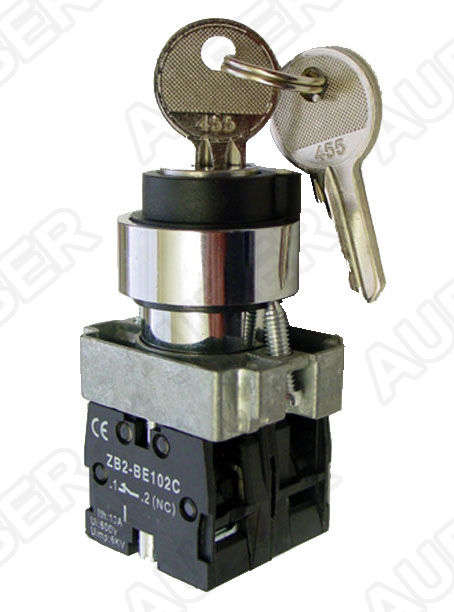Completely on a tangent here, but when I started to read your post and saw where you lived, my first thoughts were about what happened to a friend of mine down in Lillington this past summer. This is way the hell off topic, but sort of amusing and I am buzzing and talkative.

His system just stopped working one day. Prior to it just flat out ceasing to function, one of his contactors had been rumbling when it was on, but now it was just completely dead, so he put out the 911 call for me to help. I drove my ass 1 hour down to his place one evening to work on the issue.
Within 10 minutes, I figured out that the main "SYSTEM ON" switch that controls power to all of the other panel controls seemed to be dead. Without that thing not passing current through, the other switches for the individual components, the lights, the PIDs, etc, etc couldn't do anything. I bypassed that main switch and verified that everything was workingl and we dropped in a new switch. Everything was hunky-dorey and his system was alive again.
I wasn't about to spend 2 hours round-trip driving to fix his problem in 10 minutes, so I sat my ass down in his garage to drink a couple beers and shoot the breeze.
Out of curiosity while chatting, I pried open the faulty switch to see what had happened to it, and my brain couldn't immediately process what I was seeing. The body of the switch looked like it was packed full of brown sugar.
Looking closer, that brown sugar was actually a solid brick of dead fire ant bodies.
I did some googling and found out that fire ants have some seriously potent pheromones that they use to communicate with each other. It turns out that if you electrocute a fire ant, it will blow its pheromone wad in a big way. This attracts more fire ants to the same location, who will also be electrocuted, and who will also blow their wad, which attracts more fire ants to the same location, who also get electrocuted, who...... yadda yadda yadda.
Eventually, this death cycle only stops when no more ants can fit into the place where they are all being killed. Hence the solid mass of dead ants inside the switch. The switch could no longer actually make contact when you flipped it on because of the pile of bodies in the way.
Anyway... now that I talked your ear off about absolutely nothing, I'm going to get a beer.



